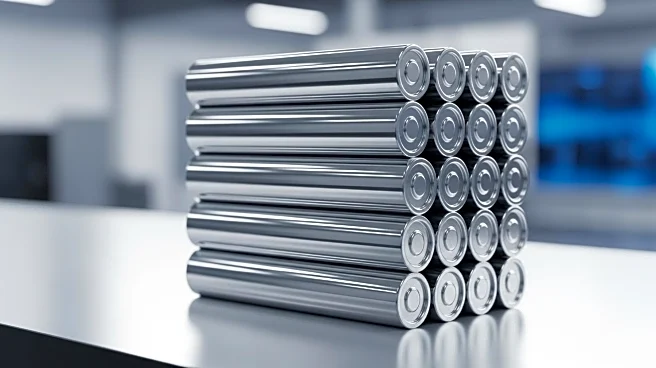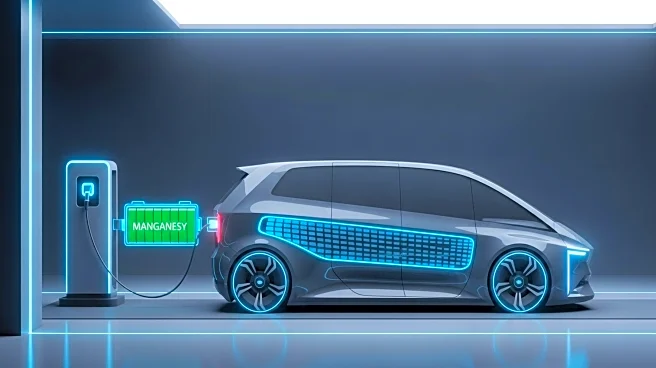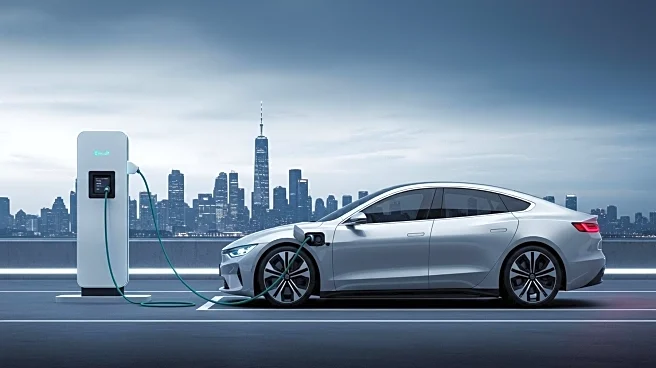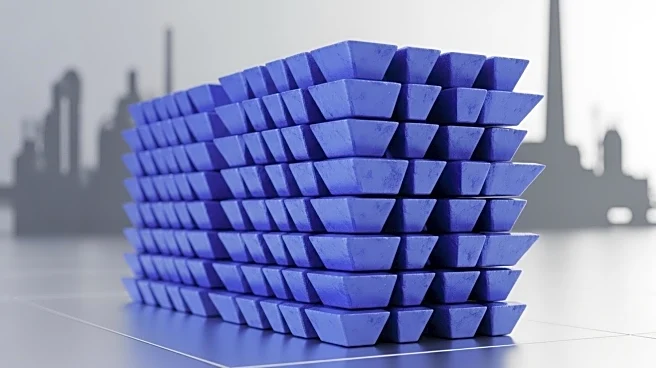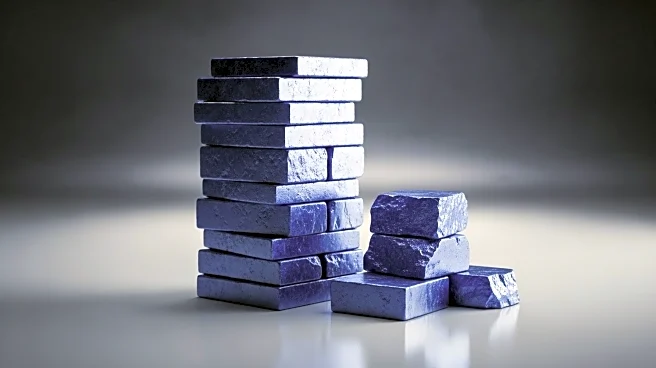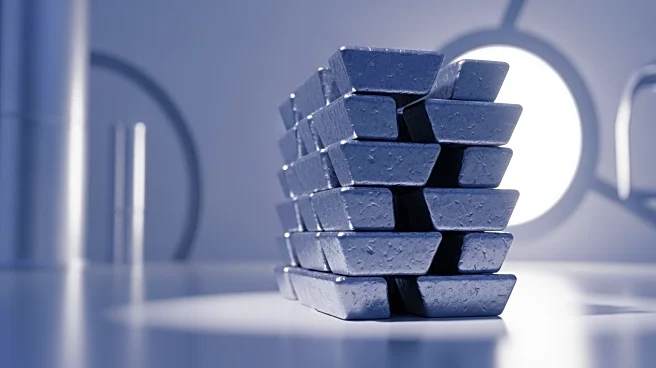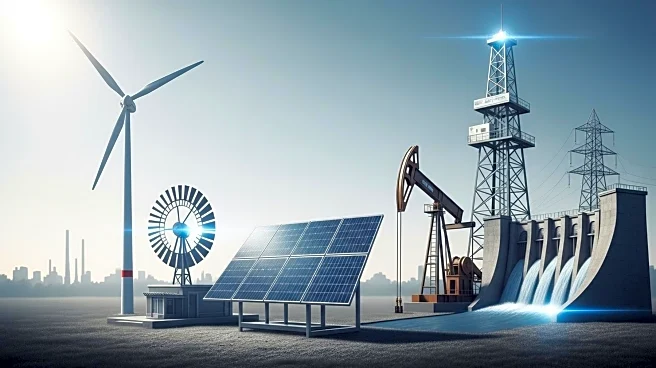What's Happening?
The price of cobalt, driven by export limits in the Democratic Republic of Congo, is at risk of pushing battery makers to seek alternatives, according to Kenny Ives, chief commercial officer at CMOC Group.
Congo, which produces about three-quarters of the world's cobalt, has introduced controls to manage oversupply, including an eight-month ban on shipments and strict quotas. Despite the price rally, cobalt remains less than half its peak prices in 2018 and 2022. CMOC, a major producer, faces significant restrictions on exports, impacting its operations and market dynamics.
Why It's Important?
The surge in cobalt prices poses challenges for battery makers, who may shift to alternative materials if costs continue to rise. The situation highlights the volatility of commodity markets and the impact of regulatory measures on supply chains. Battery makers, particularly in China, are already turning to lithium iron phosphate cells, which do not use cobalt. The shift could affect demand for cobalt and influence the strategic decisions of mining companies and battery manufacturers. The situation underscores the need for diversification and innovation in the battery industry.
What's Next?
CMOC will continue to produce cobalt alongside copper, despite export restrictions. The company anticipates growth in copper output, which may offset some of the challenges posed by cobalt quotas. Battery makers may accelerate the transition to alternative materials, impacting the demand for cobalt and shaping market dynamics. The situation may prompt discussions on the sustainability and resilience of supply chains, as companies navigate regulatory and market challenges.
Beyond the Headlines
The cobalt price surge raises ethical and environmental considerations, as companies seek to balance resource extraction with sustainability. The shift away from cobalt may prompt discussions on the role of alternative materials in the energy transition and the need for innovative solutions to address environmental challenges.
